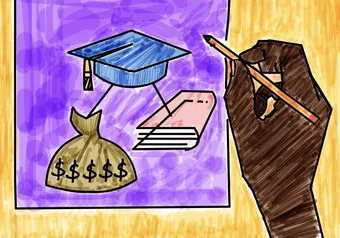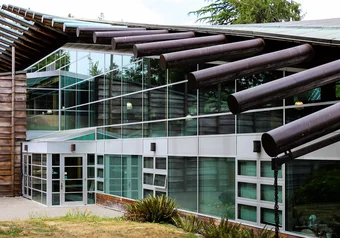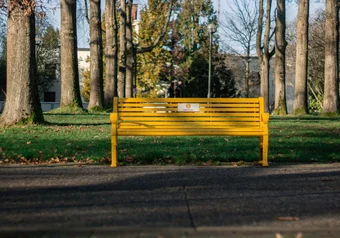Parts of the Buchanan E building on campus have been inaccessible to those with physical disabilities for months due to a broken elevator. Although there is a functional elevator in Buchanan D, the second and third floors of Buchanan E are only accessible by the stairs bridging the buildings on these two floors.
Policy 73, which governs academic accommodation for students with disabilities, states that the university must “make its courses or programs accessible to students with disabilities in accordance with the Human Rights Code (BC) and the Canadian Charter of Rights and Freedom.”
The temporarily inaccessible floors in Buchanan go against UBC’s policy 73 as two entire departments — the First Nations Indigenous studies department and the philosophy department — are cut off from some students.
This inaccessibility also contradicts the BC Human Rights Code as, under the code, no one can deny another person a “service or facility customarily available to the public” because of a physical or mental disability.
Jonathan Ichikawa, an associate professor in the philosophy department, said the issue has been ongoing since December, but has become more of a problem recently due to the new term starting and the issue taking so long to resolve.
“We discussed this again at a department meeting at the beginning of this month in early March. [The department] just got an update that the construction was still ongoing,” said Ichikawa. “I asked our department administrator … about whether there was any recognition of the fact that it’s a problem for our floor to be inaccessible and the message [she] relayed [from others] was that there was no particular concern about that and nothing could be done.”
Ichikawa recently took to Twitter to voice his concerns, highlighting that the inaccessibility also defies UBC’s “universal accessibility” policy.
According to Janet Mee, director of Access and Diversity at UBC Vancouver, the problem lies with the older buildings on campus, which are less accessible as they did not have to meet strict accessibility requirements under the BC building codes when they were constructed which all new buildings and renovations now must. She also mentioned that failing existing infrastructure is often to blame.
“One of our biggest challenges is often elevators,” said Mee, noting that when an elevator is out of commission, there’s usually a more substantial or chronic problem. After identifying the issue, UBC Building Operations must push the company that services the elevators to move as quickly as possible.
Mee elaborated that the university is trying to make sure their accessibility policies are followed, but that it is often difficult with many older buildings on campus.
“I don’t think it’s a lack of desire to get it fixed that’s the problem. It’s often that there is some bigger issue … and it’s difficult to address,” she said.
An earlier version of this article misspelled Jonathan Ichikawa’s name. The Ubyssey regrets this error.
Share this article
First online





